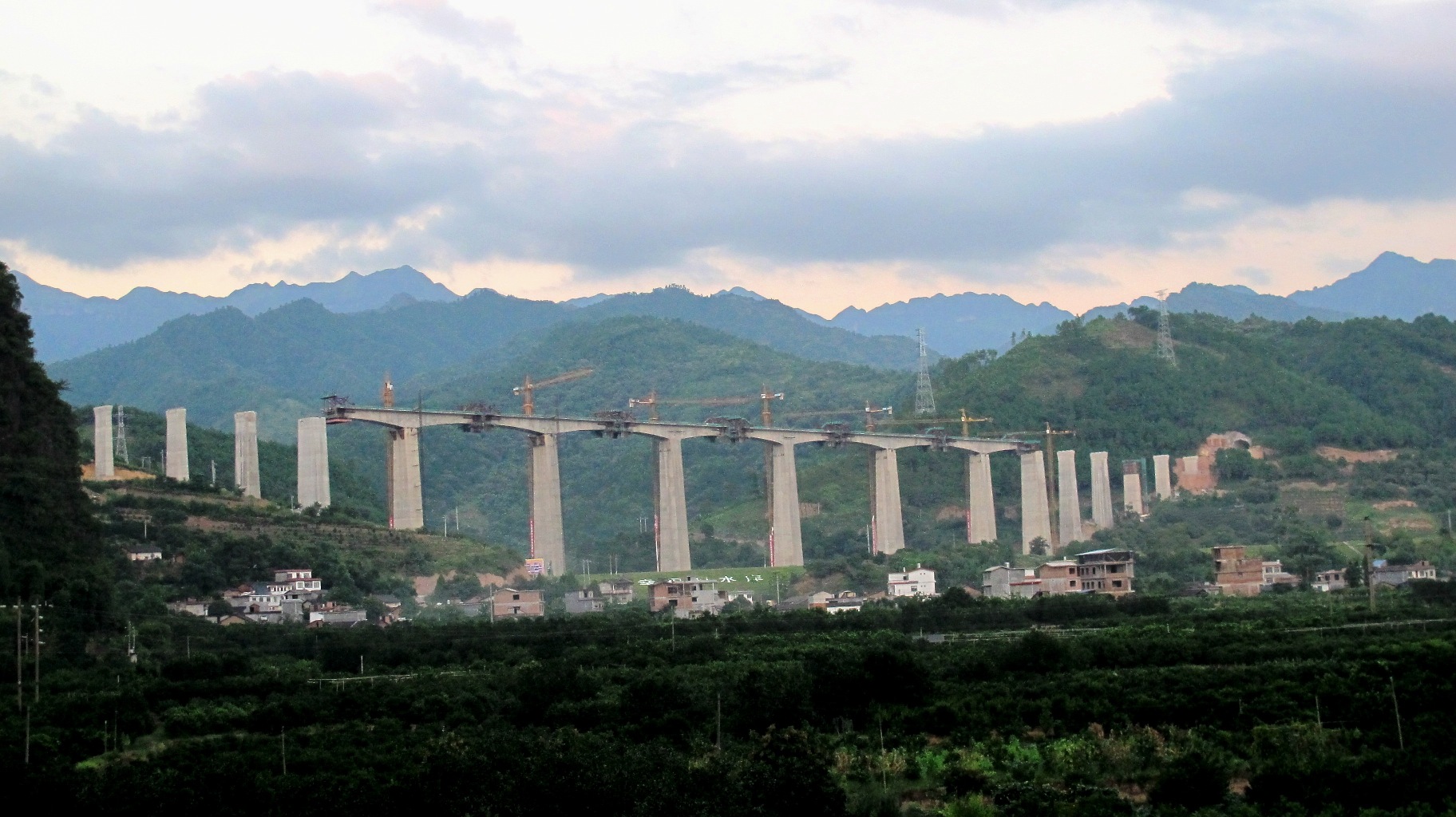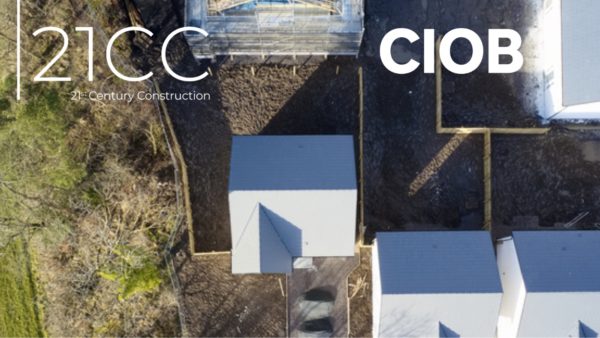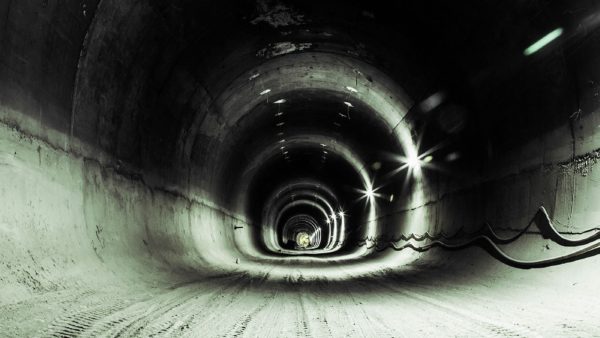
China is again increasing infrastructure spending to bolster economic growth amid the continuing drag of Covid-19 and a weakening global economy, with observers noting a corresponding rise in debt.
The official Xinhua news agency notes that capital spending on infrastructure rose almost 7% during the first five months of 2022 compared with the same period in 2021. Meanwhile, total investment in newly started projects during the period increased by 23%.
Last month, it was revealed that Chinese state-owned enterprises planned to invest some $1.5 trillion in non-traditional infrastructure projects between 2021 and 2025 (see further reading).
However, the investment has also pushed up the amount of debt owed by infrastructure operators. Nikkei Asia reported this week that China State Railway Group had accumulated debts of $882bn, almost 5% of China’s GNP.
Zhao Jian, a professor at Beijing Jiaotong University and a transportation expert, told Nikkei: “The government’s priority is economic growth and it doesn’t care about debt repayment, but each kilometre of railway costs 120 million yuan to 130 million yuan to build [US$17m-$19m].”
This means that China’s plans to add 30,000 more kilometres of rail by 2035 will require roughly $540bn.
The renewed call for infrastructure investment was reiterated at a recent State Council executive meeting, which decided to issue bonds worth $45bn for major projects, among other measures.
By the end of May, almost $300bn of special bonds had been issued, up $209bn in the same period last year. During the period, the country initiated 10,644 water conservancy projects, built 275,000 5G base stations, and expanded investment in healthcare and education by 28% and 9%, respectively.
Further reading:










